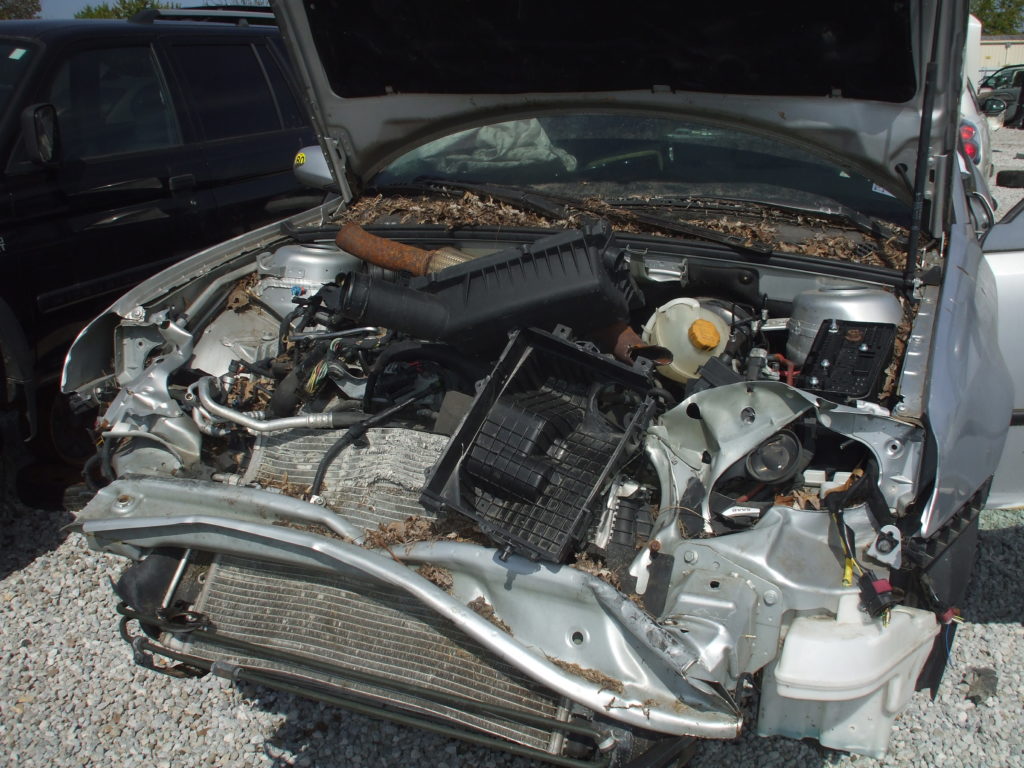California could expand a Los Angeles-area vehicle buyback pilot program reminiscent of the 2009 federal cash-for-clunker program statewide, potentially threatening older cars and cheap replacement parts availability.
The Specialty Equipment Market Association (SEMA) opposes the proposed California program, saying: “all scrappage programs hold the potential for enthusiasts to lose a valuable source of rare parts for vehicle restoration projects.”
California Assembly Bill 1965, if passed, would set aside state monies to fund expansion of the state’s Enhanced Fleet Modernization Program designed to “set specific, measurable goals for the retirement and replacement of passenger vehicles and light-duty and medium-duty trucks that are high polluters.”
A public hearing for AB 1965 is scheduled for April 11. If the bill passes, the California Air Resources Board (CARB) will be charged with launching the program by July 2017.
According to a Hemmings report, passage of AB 1965 may mandate a minimum number of old cars to scrap.
CARB isn’t shy about calling any vehicle that doesn’t pass state emissions standards “old and dirty.” And in an effort to get low-income families out of vehicles it deems problem polluters, they want to offer up to $12,000 in state aid toward the purchase of electric or hybrid vehicles to buyers who meet the state’s three low-income thresholds.
Per Hemmings:
“The definition of ‘old, dirty car’ doesn’t appear to include any model-year cutoff dates, but does depend on the vehicle showing potential for remaining on the road in California, which means that it must pass a smog test. The existing EFMP only stipulates that the ‘old, dirty cars’ be sent to an auto dismantler.”
According to the text of AB 1965, which cites data from 2011, about nine percent of the vehicles on the road in California are more than 20 years old, though they contribute 40 percent of the smog-forming emissions from passenger vehicles.”
SEMA’s opposition to the bill reflect arguments used against the nationwide cash-for-clunkers program you might remember from 2009.
Also more Hemmings:
That program, according to SEMA, “encouraged car buyers to trade in fuel-inefficient vehicles from after the 1984 model year for more fuel-efficient new cars by offering up to $4,500 in rebates. Studies done after the conclusion of the program — which was designed primarily to keep the then-struggling automakers from laying off thousands of workers and stipulated that the older trade-ins be destroyed by pouring sodium silicate into the running engines — found that it largely pulled forward sales that would have normally taken place later in the year and that it contributed to a severe shortage of used cars in the ensuing years.”


[…] is gearing to start another Clunkers Program California Proposal Threatens Old Cars, Replacement Parts – OnAllCylinders […]
The liberals are at it again ! Melt down old cars and create more sanctuary cities to harbor felons. Love that state !
How stupid can this world get?? I just don’t understand the people today!